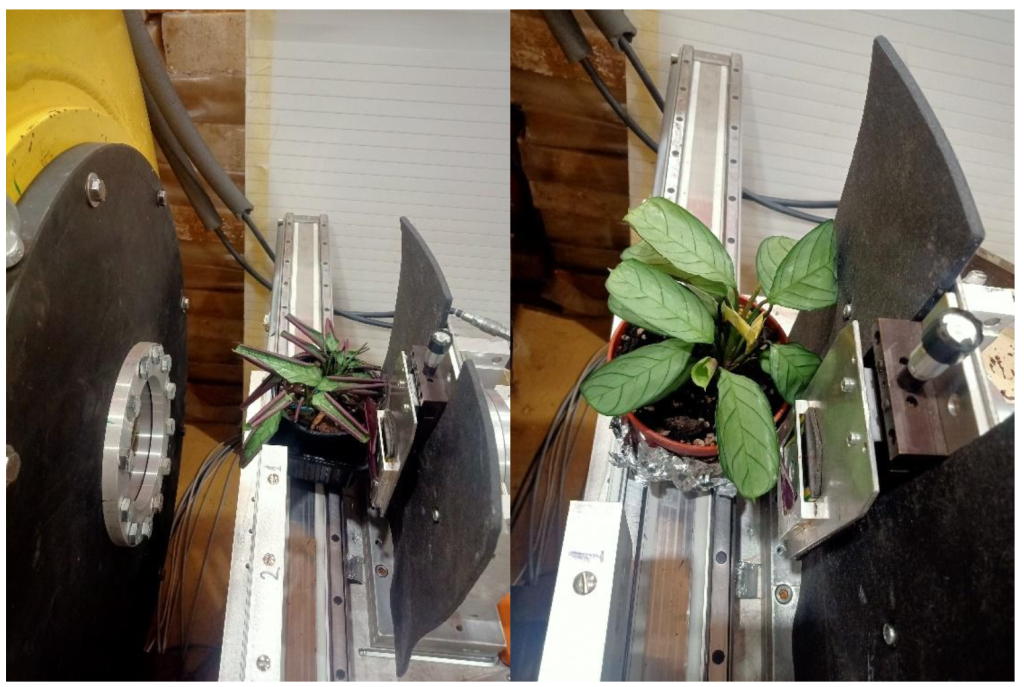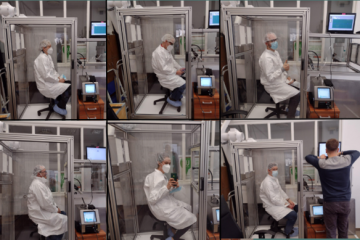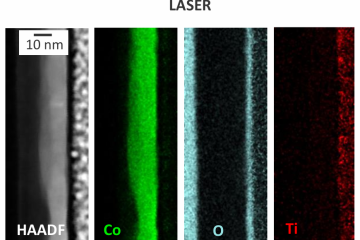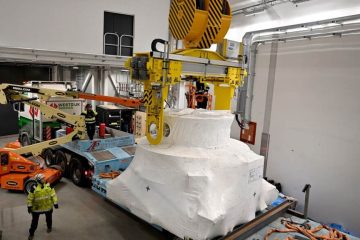The HUN-REN Centre for Energy Research, Institute for Energy Security and Environmental Safety (HUN-REN EK EKBI), in collaboration with Eötvös Loránd University and Oak Ridge National Laboratory (ORNL, USA, Tennessee), is investigating the adaptation strategies of various photosynthetic organisms to drought stress.
Their research has revealed that the ornamental plant called ‘never never plant’ can maintain the structure and function of its photosynthetic apparatus almost unchanged, even after a 45-day period of water deficit. This remarkable resilience is attributed to specific regulatory mechanisms, such as leaf curling and specialized water-storing cell layers.
A deeper understanding of plant responses to drought stress can facilitate the breeding of more drought-tolerant crops, ultimately strengthening global food security and mitigating the impacts of climate change.
For the first time in the world, researchers have successfully tracked ultrastructural changes in the photosynthetic membranes of living potted plants during and after a 45-day drought period—without any sample preparation or interference. This breakthrough is especially important because traditional methods for studying plant structure usually require aqueous fixatives, complex embedding protocols and cutting of the samples before measurements. Such invasive techniques make it impossible to monitor the same tissues over time, and the use of liquids (e.g. water) during sample preparation can also alter the information about how drought stress really affects the plant. Because of this and potential sample preparation artefacts, earlier studies produced conflicting results. In contrast, this new, non-invasive approach allows scientists to observe plants exactly as they are—alive and untreated. The unique method was developed using the small-angle neutron scattering (SANS) instrument at the HUN-REN Centre for Energy Research in Hungary. The research was later continued at Oak Ridge National Laboratory (ORNL) in the United States, where the team achieved even greater measurement accuracy and time resolution.
The studies revealed that during the prolonged drought period of 40-42 days, the repeat distance of the photosynthetic granum membranes decreased by only 1 nm. Structural recovery of the membranes occurred just 18 hours after rewatering, while the functional and biochemical recovery required a longer period, and was completed in approximately three weeks. Beneath the epidermis of the leaves, a special cell layer was identified that likely plays a role in water storage and is thus crucial for survival under drought stress. The two main structural analysis methods used in this research – non-invasive small-angle neutron scattering and invasive transmission electron microscopy – complement and reinforce each other excellently, and were proved to be particularly useful in drought stress research. The former provides unique in vivo, time-resolved insights into ultrastructural changes, while the latter offers detailed information on other cellular components.
Interviews with the researchers involved in the measurements have been published both in the pages of National Geographic and in the news section of ORNL, where additional details about the research can be found.
https://ng.24.hu/tudomany/2025/02/08/ellenallo-szobanovenyek-landzsadisz/
https://www.ornl.gov/news/neutrons-ornl-offer-insight-plants-drought-resilience
The research was supported within the framework of the OTKA FK 124748 and OTKA PD 138540 grants from the National Research, Development and Innovation Office, as well as the professional support of the Ministry of Culture and Innovation’s ÚNKP-23-5 New National Excellence Program, funded by the National Research, Development and Innovation Fund.
A short summary video produced by ORNL
(source: https://www.ornl.gov/news/neutrons-ornl-offer-insight-plants-drought-resilience)

Leaves of drought-stressed (left) and control (right) never never plants placed in the neutron beam at the Budapest Neutron Centre, HUN-REN EK EKBI
(source: ELTE, Biological Institute)
The article is available at the link below:
Hembrom R, Ünnep R, Sárvári É, Nagy G, Solymosi K. Dynamic in vivo monitoring of granum structural changes of Ctenanthe setosa (Roscoe) Eichler during drought stress and subsequent recovery. Physiol Plant.
2025 Jan-Feb;177(1):e14621. doi: 10.1111/ppl.14621. PMID: 39844527;
PMCID: PMC11754942.



